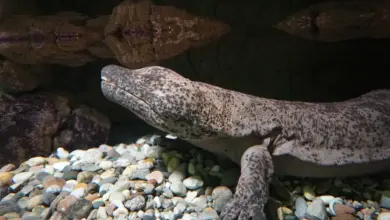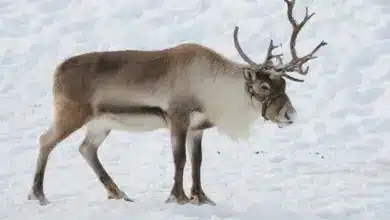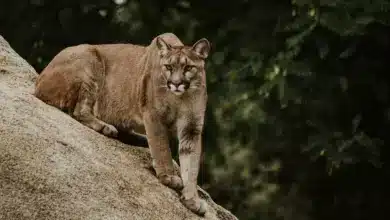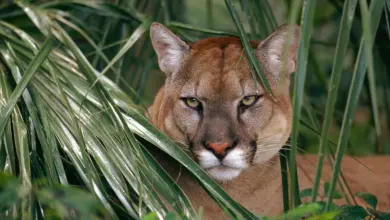Gulf Oil Begins Affecting Wildlife
Damage From The Spill is Still Mostly Evident Below The Surface—But That Will Change
It has been well over a month since the start of the ongoing oil spill off the coast of Louisiana in the Gulf of Mexico, and the effects on birds, mammals and sea turtles still seem to be relatively minor. But with oil now washing into the marshes and wetlands of the Gulf Coast, the worst is yet to come.
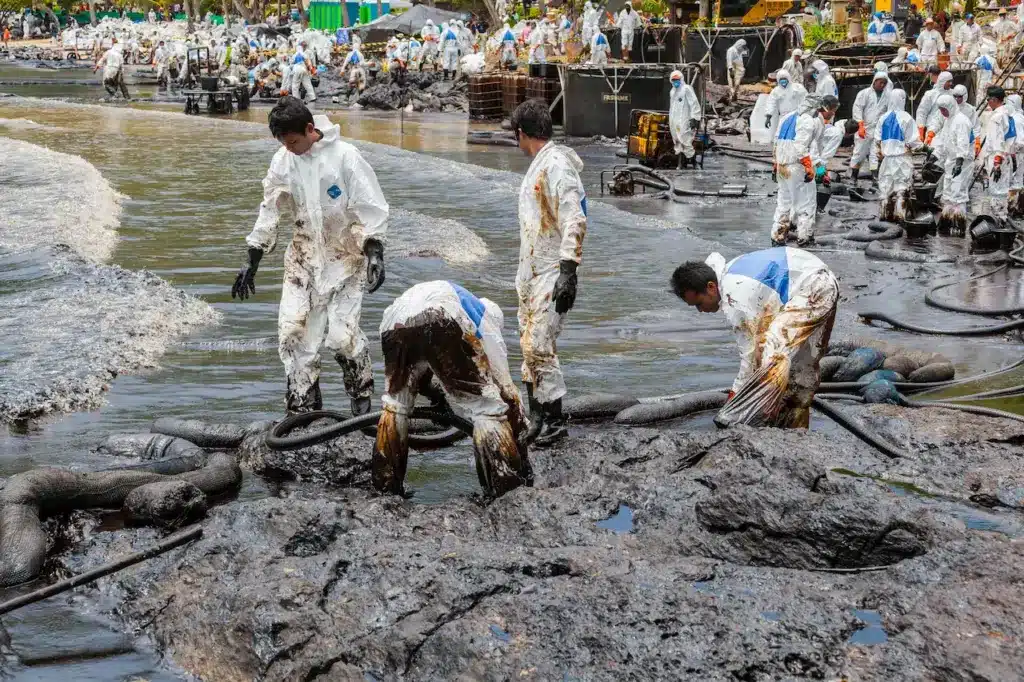
As of Saturday, May 29, officials report having collected 544 seabirds oiled or otherwise affected by the spill, 479 of which were dead when recovered.
A total of 25 dead marine mammals, most of which were dolphins, have also been collected.
And 240 sea turtles, mostly immature Kemp’s Ridleys, have been recovered so far in the ongoing disaster. The vast majority—224—were dead when collected.
The collection area is comprised of the Gulf Coasts of five states: Louisiana, Alabama, Mississippi, Texas and Florida.
Despite the relatively light toll so far in birds, mammals and turtles, trained observers report that widespread damage is already occurring unseen below the surface of the oiled waters as oil begins to affect the bottom of the food chain. These observers tell us that fish and other marine life are feeding heavily on plankton and other small sea creatures that have been covered in toxic oil—and the effects of this mass poisoning will likely work their way toward the tops of Gulf Coast food chains in short order.
